Lebowski
10 MW
[youtube]BOz5y_kbH4I[/youtube]
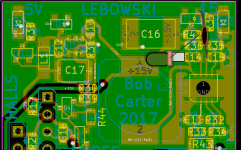
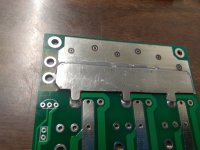
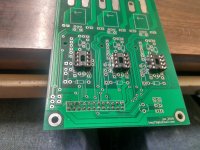
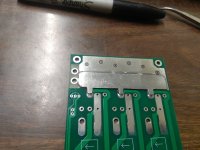
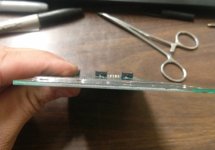
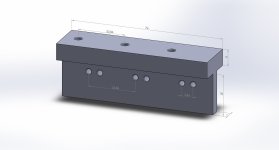
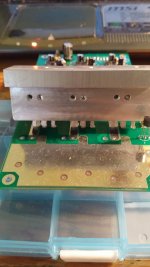
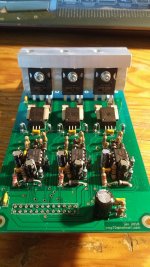
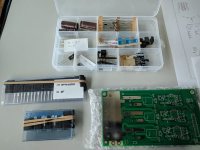
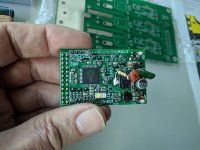

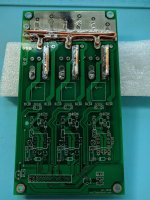

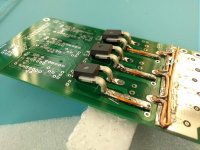
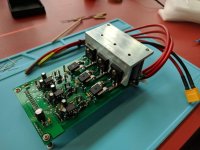

whereswally606 said:[youtube]sVL_4r5SyCs[/youtube]
This is an update for arber333 but i just wanted to post it here and show that soon there will be a 4th smd lebowski brain out in the wild. This one is to go in something bigger than a bike i believe. good luck Arber.
emmgee said:Important remarks:
R1: According to lebowskis video one page back this resistor ("tbd") should reduce the battery voltage to around 40 V at ~15 mA. A voltage drop of from 80 to 40V would mean a resistor value of 2.7 kOhm. Value in the kit: 220 Ohm (just a 3V reduction). Is this ok?
R2: I think this resistor should be 39kOhm as results from lebowskis formula. In the kit is is only 39 Ohm (instead of kiloohm). Probably a critical misunderstanding, or is the misunderstanding on my side?
